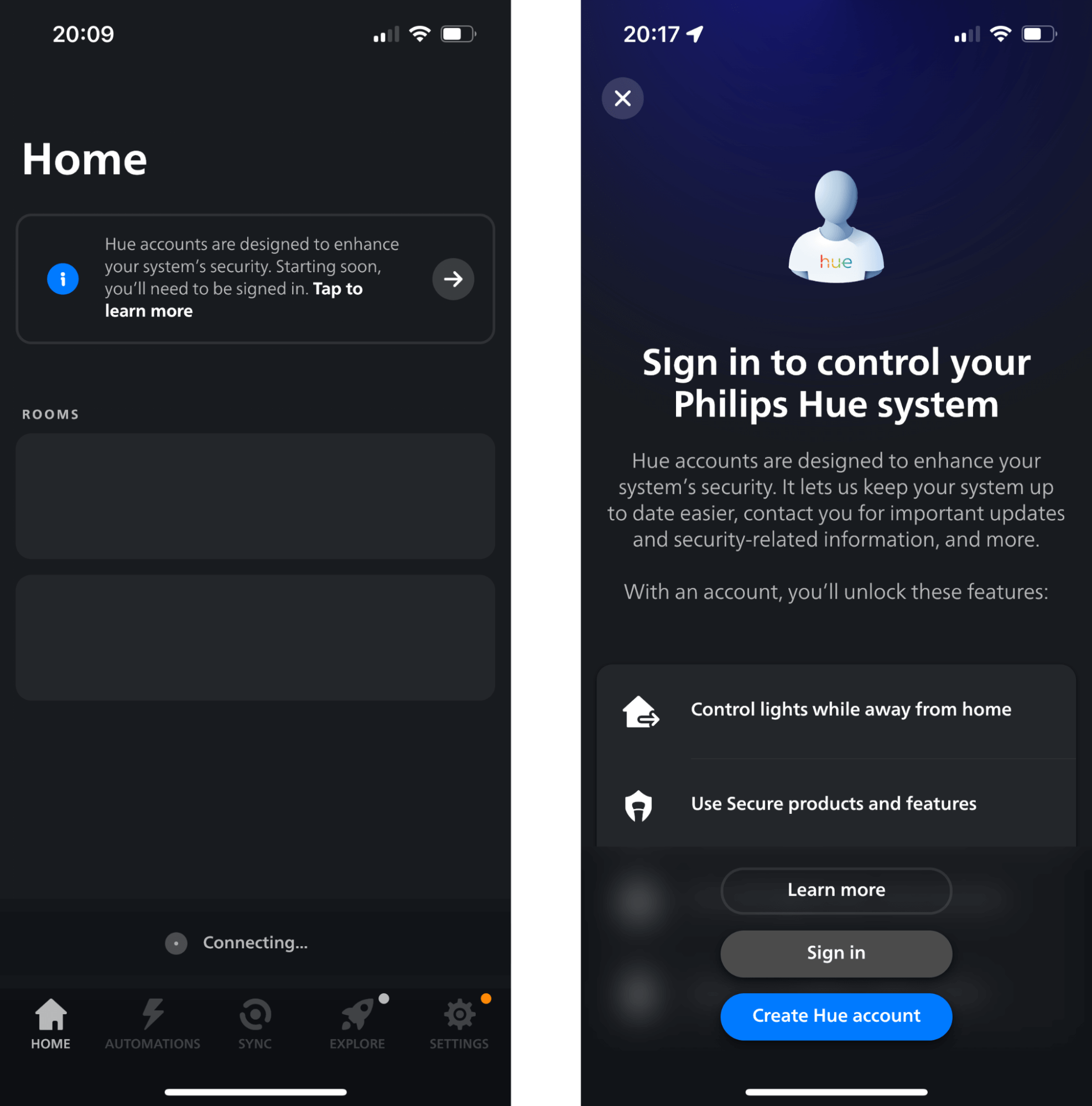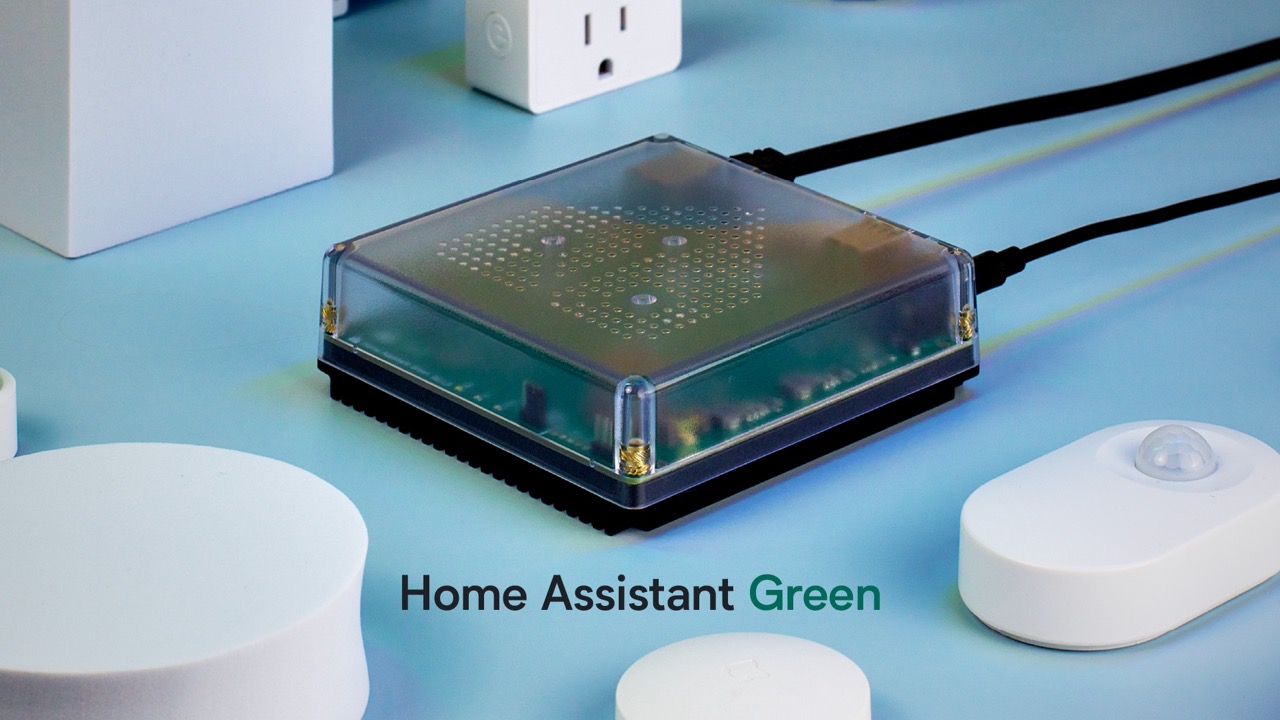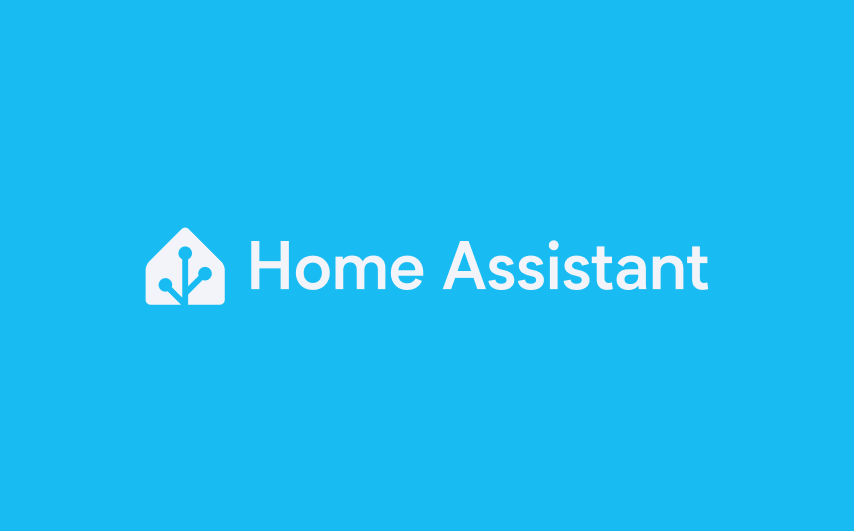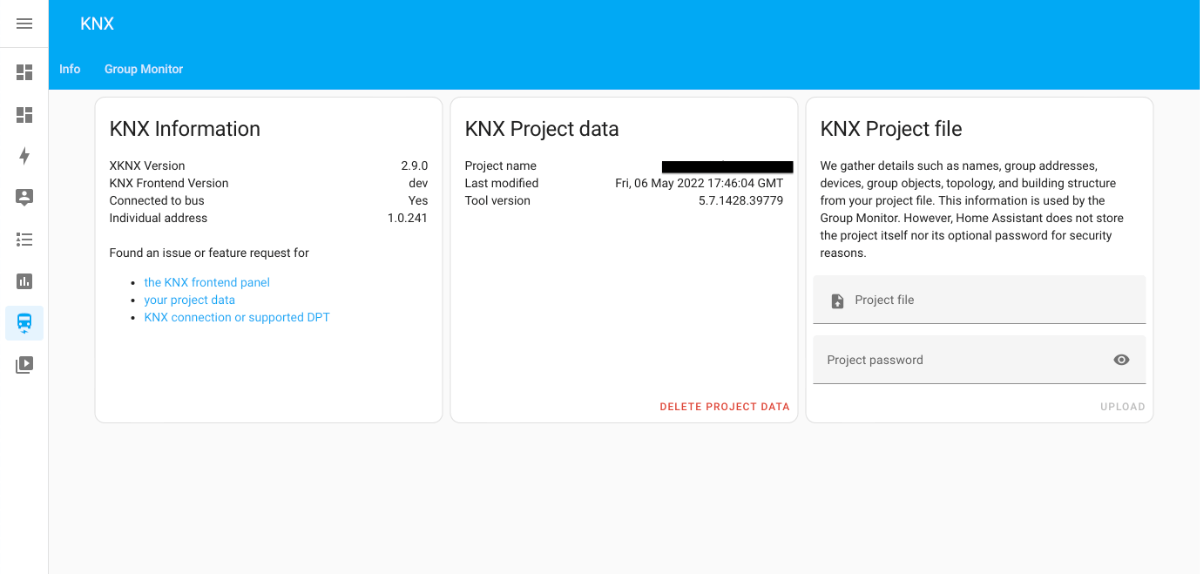Blog
[Update Oct 2: data sharing to become optional] Philips Hue will force users to upload their data to Hue cloud
Update Oct 2: In a conversation with The Verge
Original Post
Today’s story is about Philips Hue by Signify. They will soon start forcing accounts on all users and upload user data to their cloud. For now, Signify says you’ll still be able to control your Hue lights locally as you’re currently used to, but we don’t know if this may change in the future. The privacy policy allows them to store the data and share it with partners.
Last week I wrote how toying with the first Philips Hue hub and their local API led me to start Home Assistant back in 2013. They have played an important role in my smart home and they were a role model for our Open Home vision. Sure, they are expensive but they work reliably, have a local API, can be used completely offline, and you don’t have to share your data with the cloud.
But things are changing, for the worse. When you open the Philips Hue app you will now be prompted with a new message: Starting soon, you’ll need to be signed in.
 Left: A new tip informs users that they soon need to login.
Left: A new tip informs users that they soon need to login.
Right: the screen shown when clicking learn more
10 years Home Assistant
TL; DR:
- Home Assistant is 10 years old and the second most active open source project on GitHub.
- Nabu Casa is 5 years old. There are no investors and development of Home Assistant is sustainable.
- Home Assistant Cloud now supports custom domains for remote connections.
- The Open Home vision is updated and is now about privacy, choice and sustainability.
- The Home Assistant logo has been streamlined and refined, yet remains familiar. Learn more here.
- Home Assistant Green is a new $99 hub and the easiest way to get started for people new to the Home Assistant ecosystem. Learn more here.
Introducing Home Assistant Green: Your entry to Home Assistant
Back in 2021, we launched a crowdfunding campaign for Home Assistant Yellow. Home Assistant Yellow was our take on what a smart home hub should look like, with all the features we enthusiasts want. We’re very proud of Home Assistant Yellow, but at the same time, it has become clear that people just starting their smart home journey don’t need all the features Yellow offers. With the global component shortages making the required Compute Module 4 more expensive and harder to find, Home Assistant Yellow is no longer a good fit for beginners.
We’ve taken that to heart, and today, we are introducing an affordable way for new users to upgrade their smart homes to Home Assistant. It’s the Home Assistant Green – and it costs only $99 (MSRP).

A refreshed logo for Home Assistant!

Hello all, this is Madelena. You may know me from some
As you may have heard from our celebration for the 10th anniversary of Home Assistant, we are making some tweaks to our logo! This is no small feat, as the logo is a big part of the identity of Home Assistant, and by extension a representation of the contributions of our community. This logo has served us well for 8 years. When we see the logo, it represents the culmination of work that we are all proud of.
For those who want to use our logo and for more details, the latest brand guidelines and logo assets can be found at our design repository.
Read on →Celebrate 10 years with us
Join us on September 17 to look back on ten years of Home Assistant and hear some very special announcements…
2023.9: New climate entity dialogs, lots of tile features, and template sensors from the UI!
Home Assistant Core 2023.9! 🎉
Frenck is enjoying a well earned holiday, so I’m taking care of the release this month.
This month, on the 17th, it has been 10 years since Home Assistant started. We’ll be preparing a special event on the Home Assistant YouTube channel
This release is pretty packed! With some very nice updates to the UI with new entity dialogs for climate entities, and lots of tile card features. Template sensors can be created from the UI now, and for the more advanced template sensors, the ability to get data from services! A new service to get the weather forecast, and better options to display different forecasts.
And something you will probably not see when you are already using Home Assistant: the onboarding flow is completely redesigned!
I absolutely love it!
Enjoy the release!
Bram
Read on →2023.8: Translated services, events, and wildcards!
Home Assistant Core 2023.8! 🎉
Another month, another fine release of Home Assistant! This release is a bit more conservative after two absolutely packed releases in June and July. Many of us are enjoying summer holidays 🏖️.
Pretty much all features in this release are absolutely amazing, and it is hard to pick a favorite. Great translation improvements that help with the user experience, a new entity to capture events from things like remotes, and the new Assist features are, again, mind-blowing!
Talking about Assist, have you seen the blog on Year of the Voice - Chapter 3?
Or, check the live stream recording on YouTube
Some new integrations have been added too. Most notably Opower! This integration can pull in energy usage data from many utility companies in the United States. For example, it supports PG&E, ComEd, BGE, and many more! ⚡️ Very good news for all our American friends!
Enjoy the release!
../Frenck
Read on →Year of the Voice - Chapter 3: Ready when you are

This year is Home Assistant’s Year of the Voice. It is our goal for 2023 to let users control Home Assistant in their own language. Today we’re presenting our third milestone for the year: Chapter 3.
In Chapter 1, we focused on intents – what the user wants to do. The Home Assistant community has now translated common smart home commands and responses into 50 languages
In Chapter 2, we introduced speech-to-text and text-to-speech. This allows users to talk and listen to their smart homes through the browser, ESPHome, and even analog phones.
For Chapter 3, we bring the full power of Assist to the million active Android devices running the Home Assistant Companion app. Got an Android phone, tablet, or watch? Set Assist as your default digital assistant and talk to your Home Assistant with one push!
To watch the video presentation of this blog post, including live demos, check the recording of our live stream.
2023.7: Responding services
Home Assistant Core 2023.7! 🎉
The previous release was a big one, and this one is no different!
This release brings in a change to Home Assistant, which we consider to be one of the biggest game changers of the past years: Services can now respond with data! 🤯
It is such a fundamental change, which will allow for many new use cases and opens the gates for endless possibilities. I’m so excited about this one!
But that is not all; there is a lot more in store for you! Some of my favorites: The Bluetooth proxies are now lightning fast, copy ’n paste in dashboards, a new sentence trigger, and I love that a broken automation no longer disappears into thin air but now shows up in the UI marked as problematic.
All-in-all, a great release packed with many new features and a lot of quality-of-life improvements.
Enjoy the release!
../Frenck
Read on →Home Assistant collaborates with KNX

We’re excited to announce that the KNX Association
KNX is a home automation standard for commercial and residential building automation that works locally. It is mainly, but not exclusively, based on a central data cable which is generally installed when the house is being built. KNX also has extensions to work over radio frequencies or via IP infrastructure. KNX partners with hundreds of smart home manufacturers and thousands of installers.
The KNX integration in Home Assistant allows users to use the power of Home Assistant to unify their KNX devices with other smart home devices and experience a beautiful user interface, powerful automations, and local voice control. Users can also configure Home Assistant to expose non-KNX devices back to the KNX network.

Home Assistant introduced the KNX integration in Home Assistant 0.24 in July 2016. Since its introduction 7 years ago, the community has continued to evolve it. The development is currently led by marvin-w
It’s a thrilling time with organizations like KNX prioritizing seamless Home Assistant integration and working directly with integration developers. We couldn’t be more happy with where things are heading.



